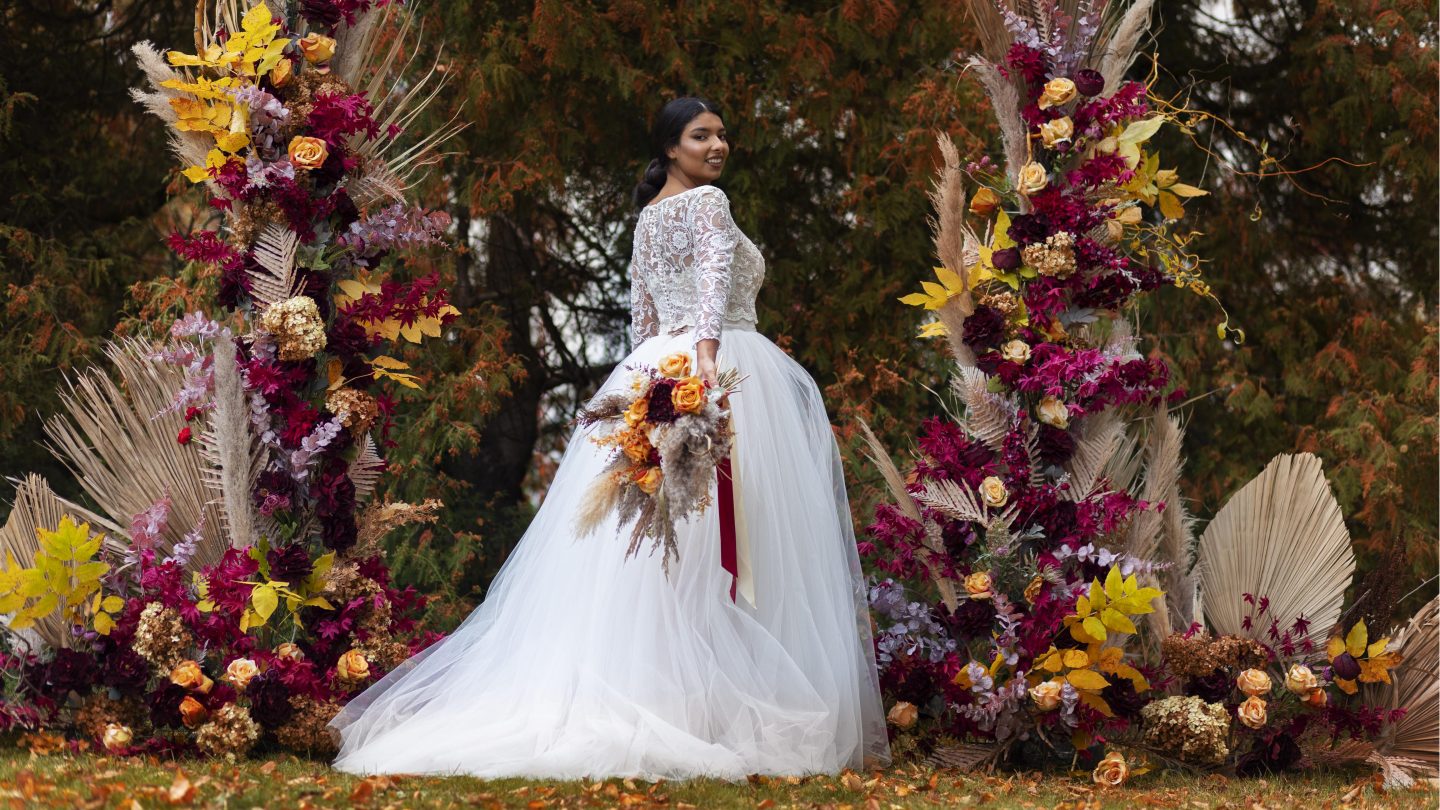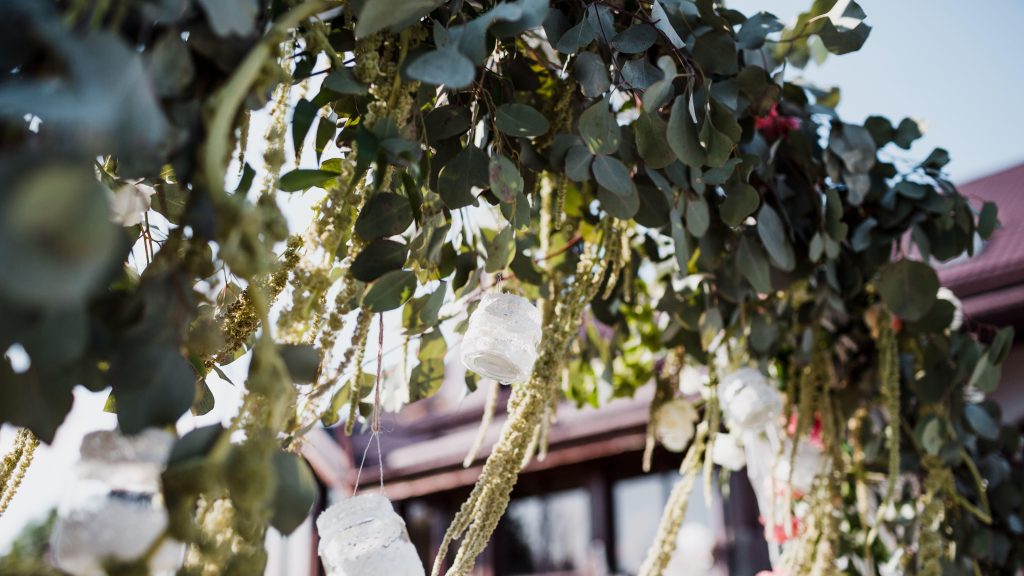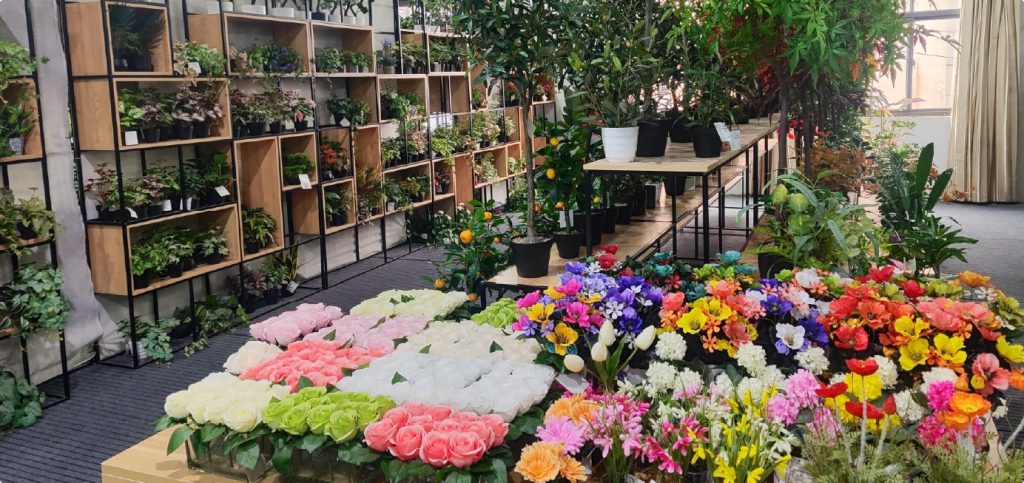
Wedding flowers play a crucial role in creating a memorable and visually stunning event. From ceremony arches to reception centerpieces, the choice of floral arrangements shapes the overall ambiance and leaves a lasting impression on guests.
For wedding planners and event organizers, selecting the right flowers goes beyond aesthetics—it affects budgets, logistics, and client satisfaction. Understanding the differences between fake vs real flowers for wedding enables professionals to plan more efficiently while delivering beautiful, consistent results.
| Feature | Real Flowers | Fake Flowers (Silk/Artificial) |
|---|---|---|
| Cost | High, variable | Medium–low, long-term cost-effective |
| Durability | Perishable, delicate | Long-lasting, can be arranged in advance |
| Appearance & Feel | Natural, vibrant | Realistic, consistent colors and textures |
| Fragrance | Rich, natural scent | None or artificial scent |
| Seasonal Availability | Limited by season, fluctuating prices | Available year-round, customizable colors |
| Eco & Sustainability | Biodegradable, eco-friendly | Mostly plastic, some eco-friendly options |
| Keepsake Value | Can be dried or pressed | Can be preserved as long-term mementos |
Artificial flowers require a one-time investment and offer high long-term value. Couples on a budget can achieve a lavish look without overspending.
Real flowers, however, often come with high same-day costs, especially for exotic or out-of-season blooms. Shipping, storage, and floral arrangement fees can quickly add up.
Artificial flowers today are crafted from high-quality PU, silk, and PEVA, providing a realistic texture and long-lasting color.
Real flowers offer vibrant colors and natural imperfections that create authenticity, but petals may wilt and colors fade quickly.
Artificial flowers require minimal maintenance—they don’t need water, sunlight, or pruning, and can be arranged weeks in advance.
Real flowers are fragile, sensitive to temperature and humidity, and demand careful handling from delivery to setup.
Real flowers provide a natural fragrance that enhances the sensory atmosphere of your wedding.
Artificial flowers do not emit natural scents, making them suitable for guests with allergies or scent sensitivities.

Combining real and artificial flowers allows you to balance aesthetics, cost, and practicality.
This strategy ensures a lavish appearance while controlling the budget.
Choosing fake vs real flowers for wedding for corporate events, venues, or wedding suppliers requires consideration of budget, durability, maintenance, theme consistency, and sustainability. Artificial flowers for weddings offer a reliable, long-lasting, and cost-effective solution, ensuring consistent quality across multiple events.
Premium artificial wedding flowers allow businesses to plan decor in advance, reduce logistical challenges, and provide reusable, visually appealing arrangements. For companies seeking scalable, versatile, and maintenance-free floral solutions, investing in high-quality artificial flowers delivers both operational efficiency and client satisfaction.
